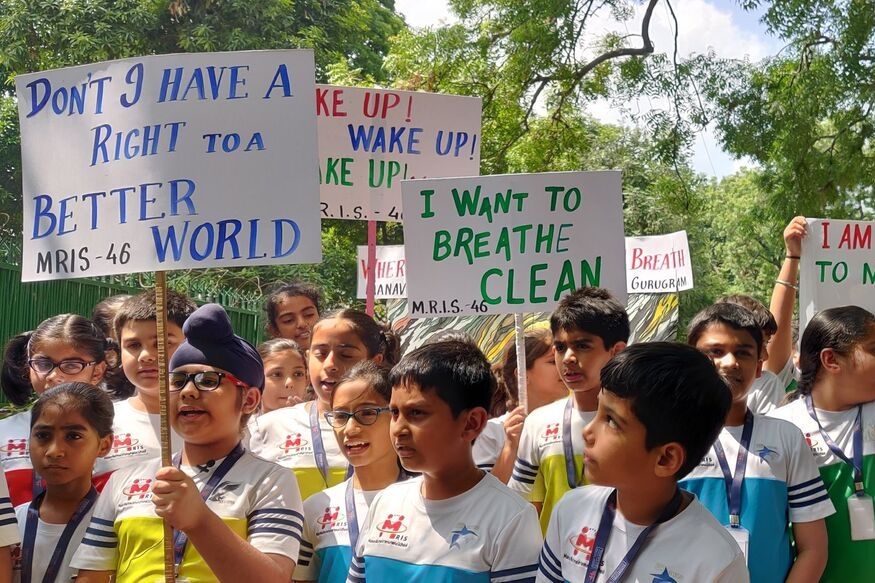The global climate strike, inspired by 16-year-old Swedish activist Greta Thunberg, kicked off in the Pacific islands and followed the rising sun across Australia, Japan, Southeast Asia and then Europe, Africa and the Middle East.
In 2018, Greta Thunberg, teen climate activist, sat for three weeks outside the Swedish Parliament to protest against a lack of measures to combat climate change. She then started the tradition of holding a strike on every Friday till something was done; soon, students around the world began to follow suit and hold protests in front of their Parliament, hoping this would make their voices heard.
In Delhi, the protesters gathered in Lodhi Garden before walking towards Ministry of Environment, Forest and Climate Change in Jorbagh. The protest lasted till 6 PM in the evening.

Fridays for Future Ireland, School Strikes for Climate Ireland, and Schools Climate Action Network are three Irish youth groups campaigned and rallied for people to get involved over the last number of weeks.
Assisted by adult organisations including Stop Climate Chaos, SIPTU, The Irish Congress of Trade Unions, Fórsa, the Union of Students of Ireland, Extinction Rebellion and many more local groups last Friday’s strikes were the biggest yet.
Earlier this week the education minister, Lorenzo Fioramonti, urged schools to consider as “justified” the absence of children taking part in the mobilisation against the climate emergency. He said on Facebook the climate strike was “essential” for students’ future, which was “threatened by environmental devastation and an unsustainable economic growth model”.
Sergio Costa, an M5S politician who kept his role as environment minister in the new alliance, has been more proactive, saying in New York at the summit that “courageous and revolutionary” policies were needed. The ministry is drafting a range of measures, including giving shoppers a 20% discount on supermarket goods that are sold loose in an attempt to cut back on plastic waste.
